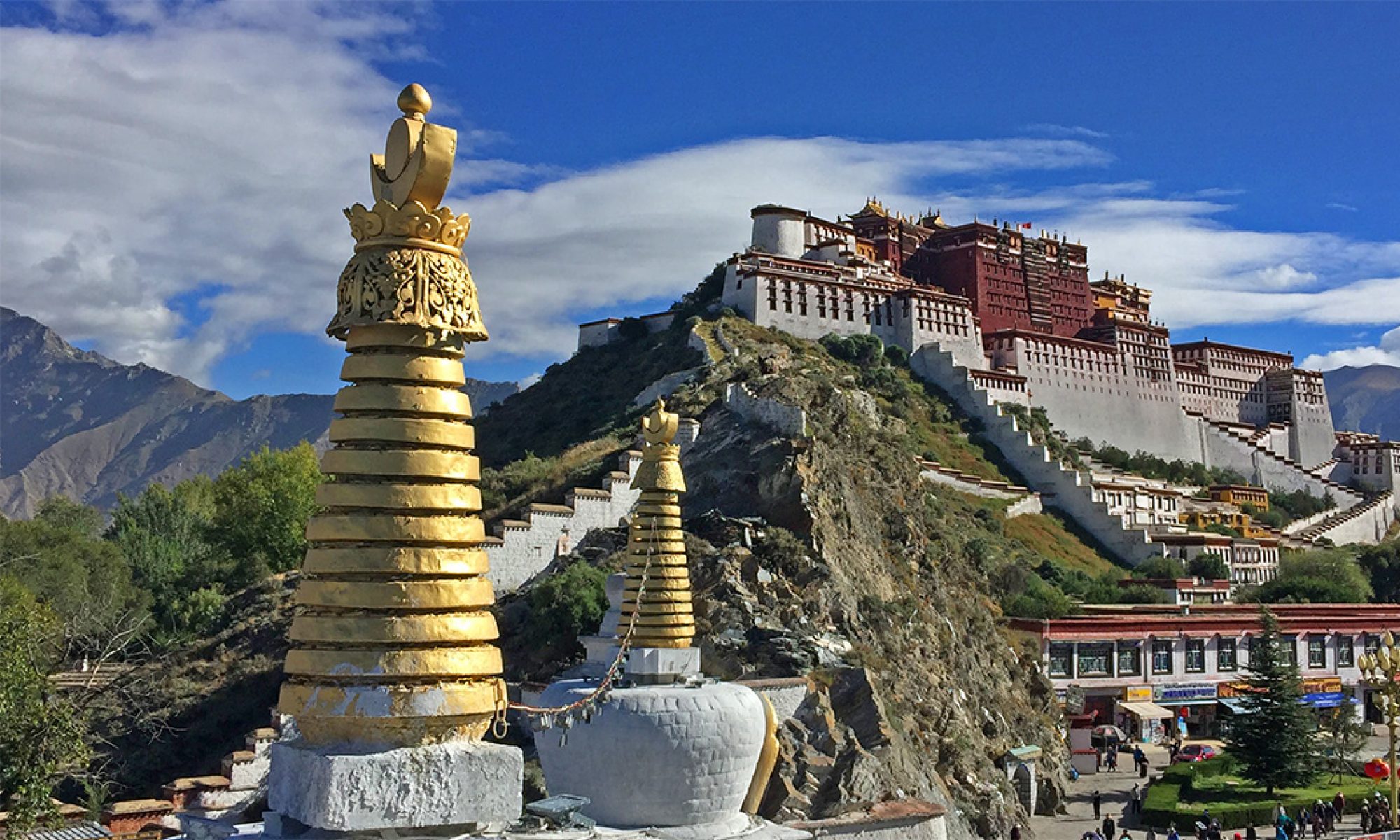Pu tuo zong cheng miao (普陀宗乘之廟; “Potala” Temple)
Pu tuo zong cheng miao is located in Jehol, the summer retreat for the Qing imperial family. It was decreed to be built in 1771 by the Emperor Qianlong to celebrate the eightieth birthday of his mother, the Empress Dowager Xiaosheng and the emperor’s sixtieth birthday, coincidentally, the Torghuts Mongols return after staying in Russia for a century. The Emperor Qianlong therefore held spectacular celebrations at Jehol.
Pu tuo zong cheng miao is one of the temples enclosing the summer retreat palace in Jehol. It replicates the Potala, the Dalai Lama’s palace-temple in Lhasa, Tibet. What is worth noting is that, according to Anne Chayet, it is the first one that even partially followed its chosen model in real architectural terms, translating its forms and spaces to fulfill very different needs. It enhanced the significance of the center chamber and its occupant and made it eminently suitable to the promotion of sovereignty of the Emperor Qianlong. Regardless of the fact that there are three Potalas, the Emperor Qianlong pointed out that Pu tuo zong cheng miao was modeled on the one in Lhasa, Tibet, because the Potala in India was beyond his powers of inspection.
The innermost sanctuary of this temple was the setting for the printing: Wanfaguiyi (Ten Thousand Dharmas Return as One). Bohemian Jesuit painter Ignatz Sichelpart and a group of Chinese, Tibetan and Mongolian artists captured the event of the home-coming of Torghuts Mongols in this painting. It explicitly expresses the Qianlong emperor’s Buddhist-inspired political strategy toward Inner Asia.
The Pu tuo zong cheng miao expresses a symbolic, geopolitical fact: China exists surrounded by the protective layer of Tibetanized Inner Asia.
Sources:
Berger, Patricia, Empire of Emptiness: Buddhist Art and Political Authority in Qing China. U Hawaii .P, 2003
Entry by Lan Wu 03/23/07
